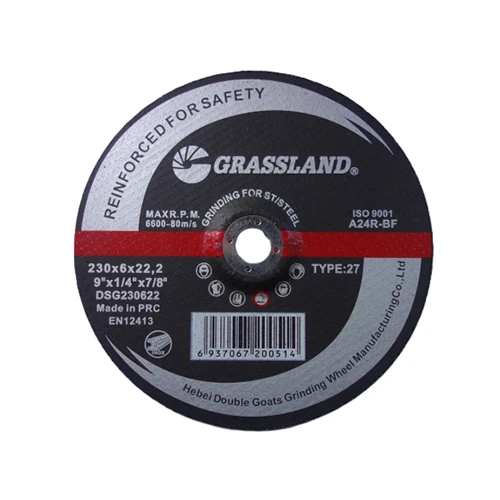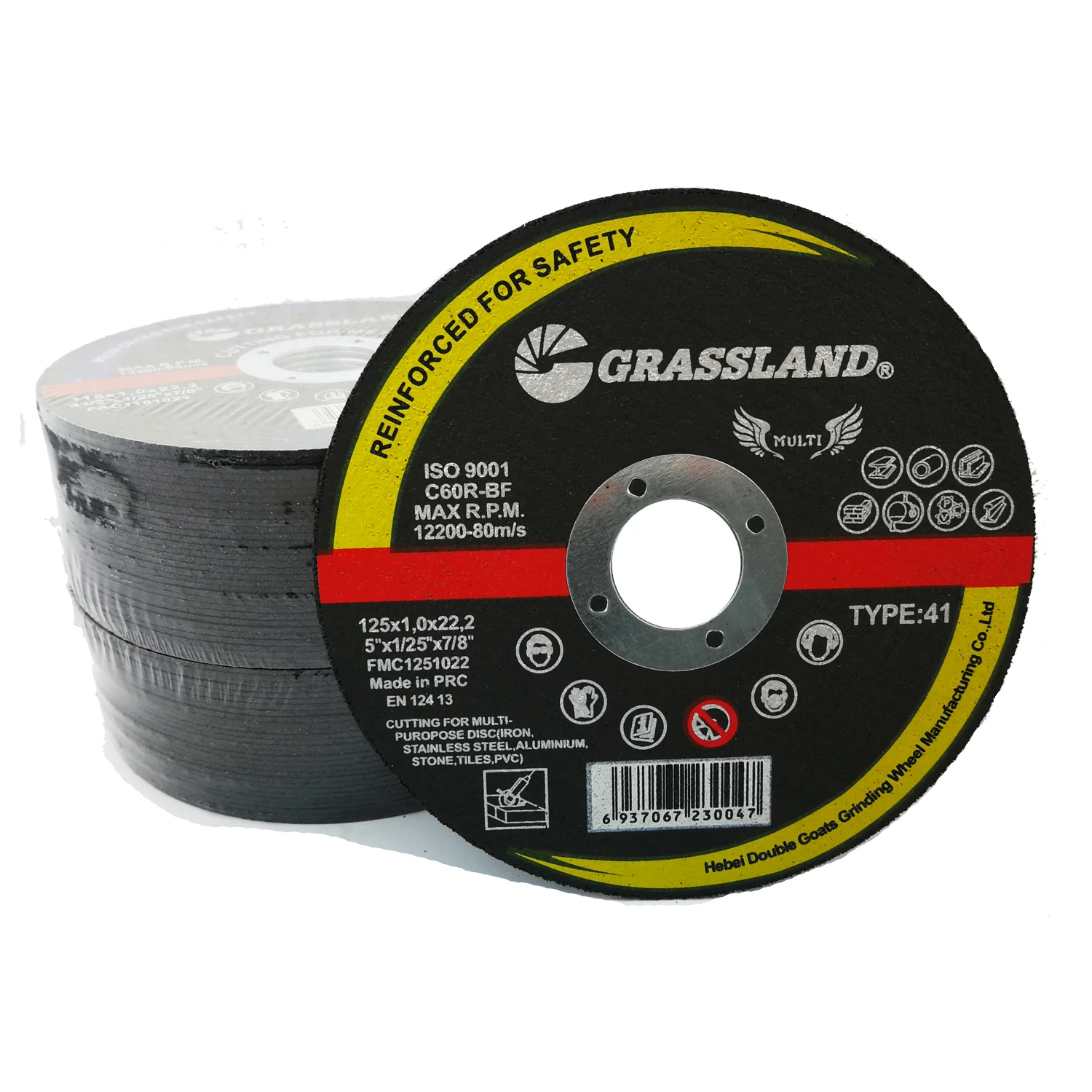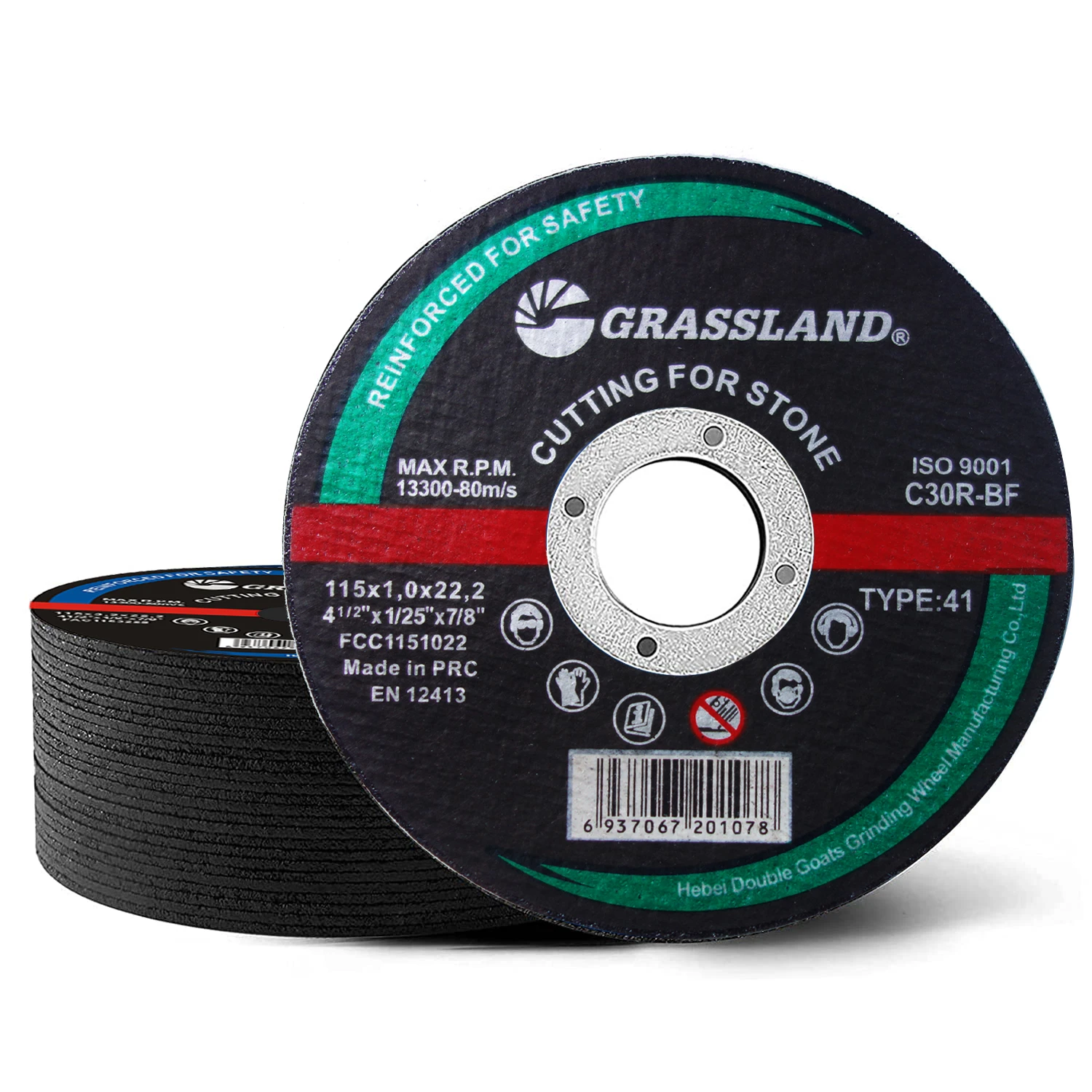In today’s metalworking and fabrication industries, precision and speed are non-negotiable. A flexible grinding wheel offers a unique advantage over traditional rigid wheels — blending aggressive material removal with the flexibility needed for smoother finishes and complex contours.
Whether you’re searching for high-performance flexible grinding discs, understanding the best applications for flexible grinding, or comparing flexible grinding wheel price across suppliers, this guide breaks down everything you need to know.
What Is a Flexible Grinding Wheel?
A flexible grinding wheel9 is a resin-bonded abrasive wheel reinforced with a flexible fiber mesh, designed to bend slightly during use. Unlike conventional rigid grinding wheels, it adapts to the work surface, reducing the risk of gouging, burning, or surface distortion.
Key features:
Resin bond + fiberglass reinforcement
Thinner profile (usually 3mm–6mm thickness)
Available in multiple grits for grinding, blending, and polishing
Suitable for angle grinders and other handheld machines
Because it flexes slightly, a flexible grinding disc offers better control, lighter vibration, and a finer surface finish.
Advantages of Using Flexible Grinding Wheels
✅ Smooth surface finish – Reduces need for secondary sanding
✅ Reduced vibration – Less operator fatigue and machine stress
✅ Conformity – Follows curved or irregular surfaces easily
✅ Versatile use – Grind, blend, and finish in one step
✅ Faster grinding – Cuts aggressively without deep scratches
Whether you’re grinding stainless steel welds or blending edges on sheet metal, flexible grinding discs improve speed, quality, and comfort compared to standard grinding wheels.
Main Applications for Flexible Grinding
Flexible grinding wheels are ideal for:
Weld seam removal – Particularly on thin or curved sheet metals
Surface preparation – Before painting, plating, or coating
Edge chamfering – Smoothed edges on metal parts
Deburring – Removing sharp edges and burrs
Blending repairs – Feathering out patches in automotive or aerospace work
Industries that rely heavily on flexible grinding:
Metal fabrication and welding shops
Shipbuilding and repair yards
Automotive repair and manufacturing
Industrial equipment manufacturing
Stainless steel product fabrication
Types of Flexible Grinding Discs
There are several flexible grinding disc styles based on grit and application:
|
Disc Type |
Best For |
|
Coarse Grit (36-60 grit) |
Heavy stock removal, weld grinding |
|
Medium Grit (80-100 grit) |
Blending surfaces, smoothing welds |
|
Fine Grit (120-180 grit) |
Light finishing and polishing |
|
Ceramic Flexible Disc |
High heat resistance, stainless steel |
|
Zirconia Flexible Disc |
Aggressive grinding with longer life |
|
Aluminum Oxide Flexible Disc |
General purpose grinding on carbon steel |
The type of abrasive grain affects cutting speed, disc life, and material compatibility.
Choosing the Right Flexible Grinding Wheel
|
Factor |
Why It Matters |
|
Material being worked |
Stainless steel, carbon steel, aluminum, etc. |
|
Grit size |
Coarse for grinding, fine for finishing |
|
Disc size and thickness |
Match your grinder's specifications |
|
RPM rating |
Ensure the wheel can handle your grinder’s speed |
|
Backing material |
Flexible fiberglass mesh backing for safety |
Always follow safety standards like EN12413 or ANSI for industrial-grade tools.
Flexible Grinding Wheel Price Overview
The flexible grinding wheel price varies depending on:
|
Factor |
Impact on Price |
|
Abrasive material |
Ceramic > Zirconia > Aluminum oxide (in cost) |
|
Disc size |
Larger diameter = higher price |
|
Brand and certifications |
Branded discs cost more but ensure quality |
|
Packaging and bulk deals |
Bulk purchasing lowers per-unit price |
Current Flexible Grinding Wheel Price Estimates (USD)
|
Disc Type & Size |
Typical Price Range (USD per disc) |
|
4.5" aluminum oxide disc |
$0.80 – $1.50 |
|
4.5" zirconia flexible disc |
$1.50 – $2.80 |
|
5" ceramic flexible disc |
$2.80 – $5.00 |
|
7" heavy-duty flexible disc |
$4.00 – $7.00 |
Buying directly from manufacturers can reduce costs by 20–30%, especially for orders over 1,000 pieces.
Where to Buy Flexible Grinding Discs
You can buy flexible grinding wheels from:
Industrial tool suppliers and wholesalers
Direct from manufacturers
Online marketplaces
Specialty abrasives dealers
When sourcing directly from factories, always request:
Sample discs for testing
Technical datasheets (TDS) and safety certificates
OEM packaging options if selling under your own brand
Flexible Grinding FAQs
Q1: What’s the difference between a flexible grinding wheel and a standard grinding wheel?
A: Flexible wheels are thinner, softer, and bend slightly under pressure — leading to smoother finishes and easier handling.
Q2: Can I use a flexible grinding disc on stainless steel?
A: Yes — especially zirconia or ceramic flexible discs, which are ideal for stainless and heat-sensitive metals.
Q3: Are flexible grinding wheels safe?
A: Yes, if used correctly. Always match the disc’s RPM rating to your grinder and follow proper mounting procedures.
Q4: How long does a flexible grinding disc last?
A: It depends on material hardness, pressure applied, and disc quality. Premium zirconia or ceramic discs last significantly longer.
Q5: Should I wet grind with flexible grinding wheels?
A: Typically not necessary. Flexible discs are designed for dry grinding. Wet grinding is more common with diamond tools.
When it comes to achieving fast, clean, and efficient metal grinding, flexible grinding wheels outperform traditional rigid discs in many applications. Whether you’re finishing stainless welds, prepping surfaces, or blending complex contours, the right flexible grinding disc can dramatically improve productivity and surface quality.
Sourcing directly from flexible grinding disc manufacturers can also secure better flexible grinding wheel price deals, custom options, and consistent quality for serious industrial use.
Post time:May - 13 - 2025

















